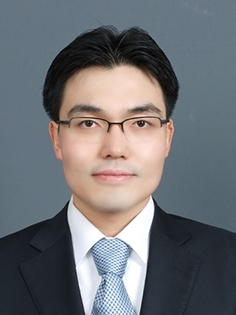
Professor Dong Ki Yoon of the Graduate School of Nanoscience and Technology (GSNT) and his research team has developed a very delicate spiral nanostructure using a self-assembly technique.
With this newly developed technology, spiral structures, which are considered to be the most difficult to fabricate amongst three-dimensional (3D) structures, can be fabricated on large areas. The structure, made by using liquid crystals, holds its uniform spiral structure within confined spaces of 20 to 200 nanometers. As the diameter of the nanostructure increases, the distance between the spiral patterns also increases uniformly.
The research community expects that the technology will aid the development of optoelectronic materials when combined with liquid crystals, which react sensitively to electric fields.
Furthermore, this technology can be used in semiconductor manufacturing processes allowing for 3D photolithography processes, an upgrade on the conventional 2D. 3D semiconductors allow more data to be stored compared to 2D semiconductors, and the manufacturing costs are significantly reduced since the number of processes involved is greatly reduced.
The key technology of this research is self-assembly within confined spaces. It is a technology that allows control of various ductile materials such as polymer and liquid crystals within spaces of tens of nanometers, based on the surrounding environment i.e. ambient temperature, concentration, and pH.
The research team used a porous, oxidized aluminum anode using electrochemical reactions to crease a confined space of tens of nanometers. Then the team developed a spiral nanostructure comprised of liquid crystals and succeeded in creating an independently controlled spiral nanostructure.
Professor Yoon said, “We were successful in describing the physical and chemical principle of controlling spiral nanostructures formed with liquid crystals for the first time in the world. With this technology, we can control complex nanostructures comprised of various organic molecules within confined spaces. This research will be crucial to future research of organic molecule-based nanostructures.”
The research was conducted by Professor Yoon’s team from KAIST and Professor Noel Clark’s team from Colorado State University, and was funded by the Ministry of Science, ICT and Future Planning and the National Research Foundation of Korea. It was published in Proceedings of the National Academy of Sciences.

